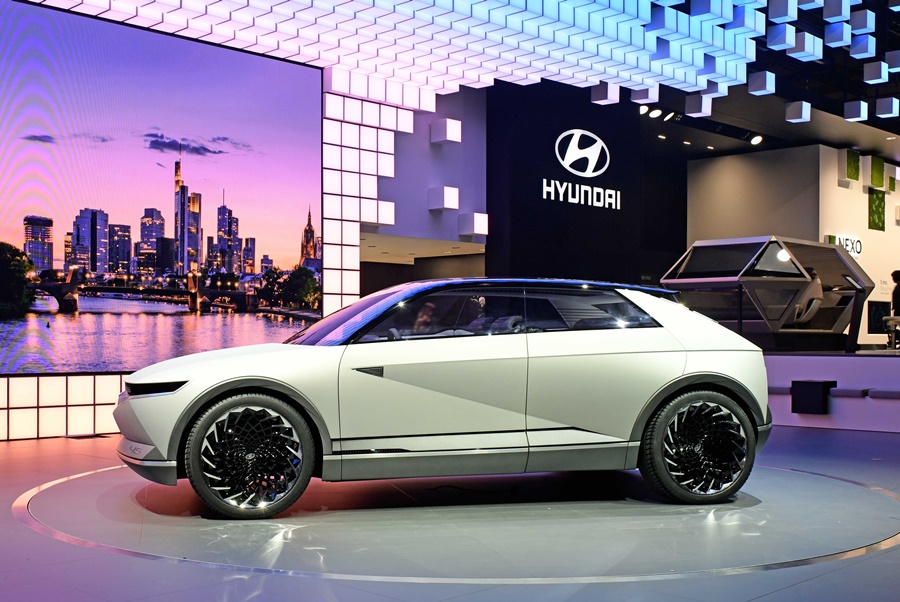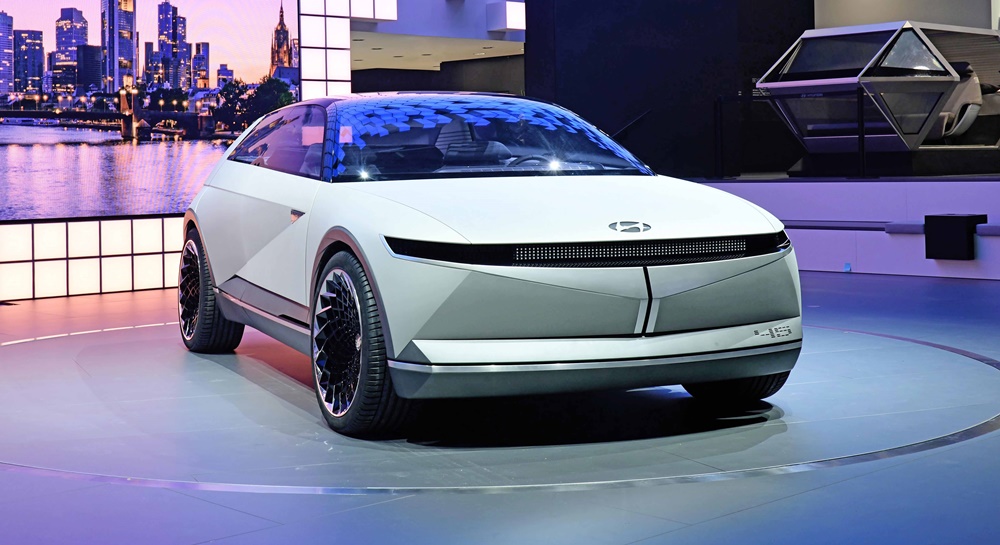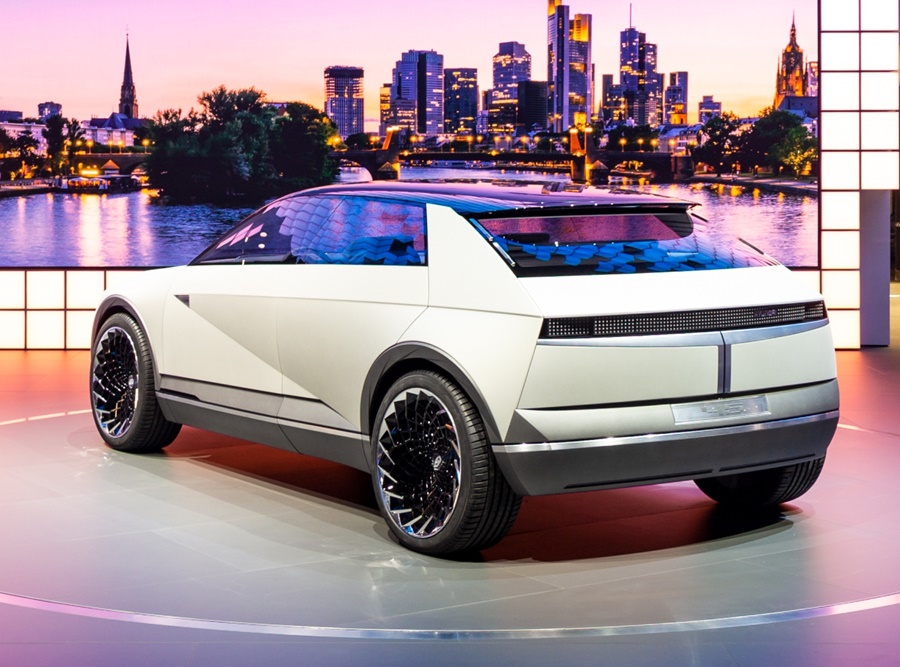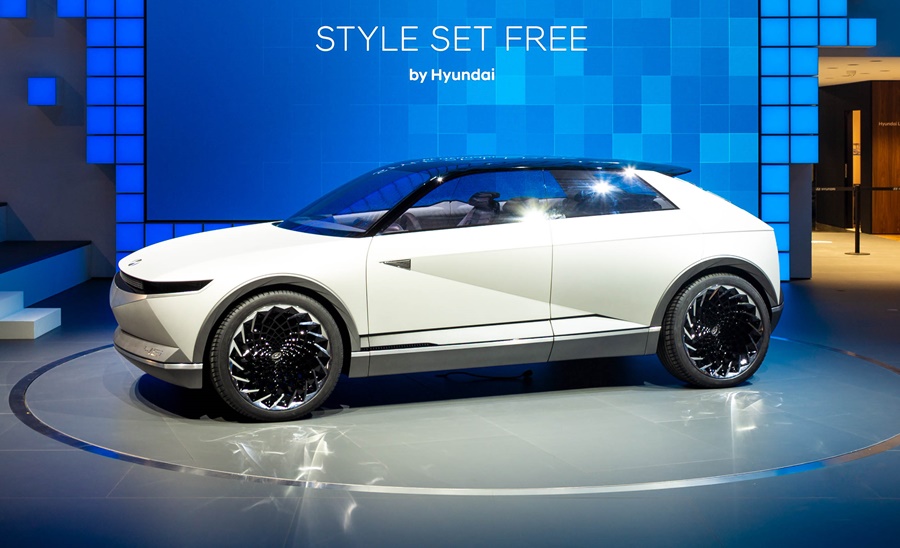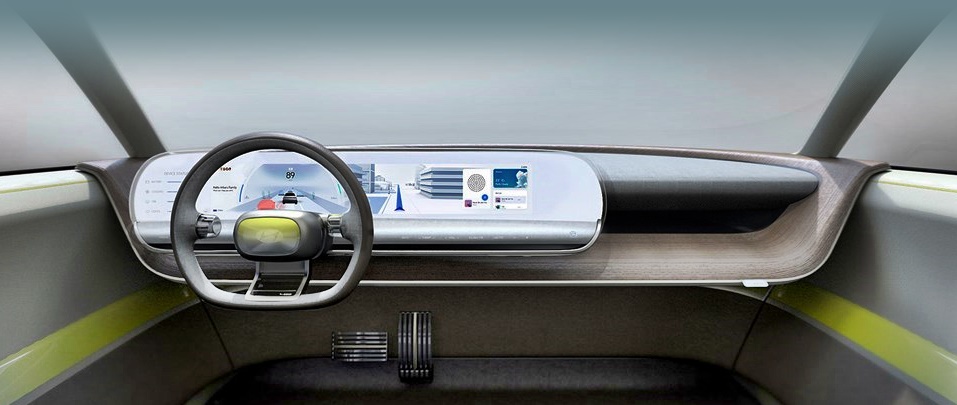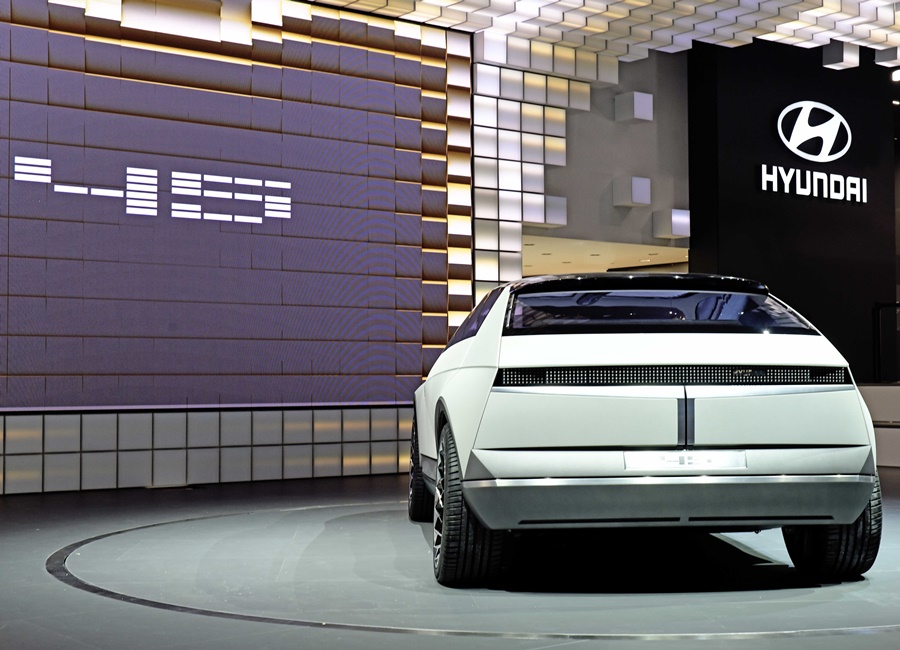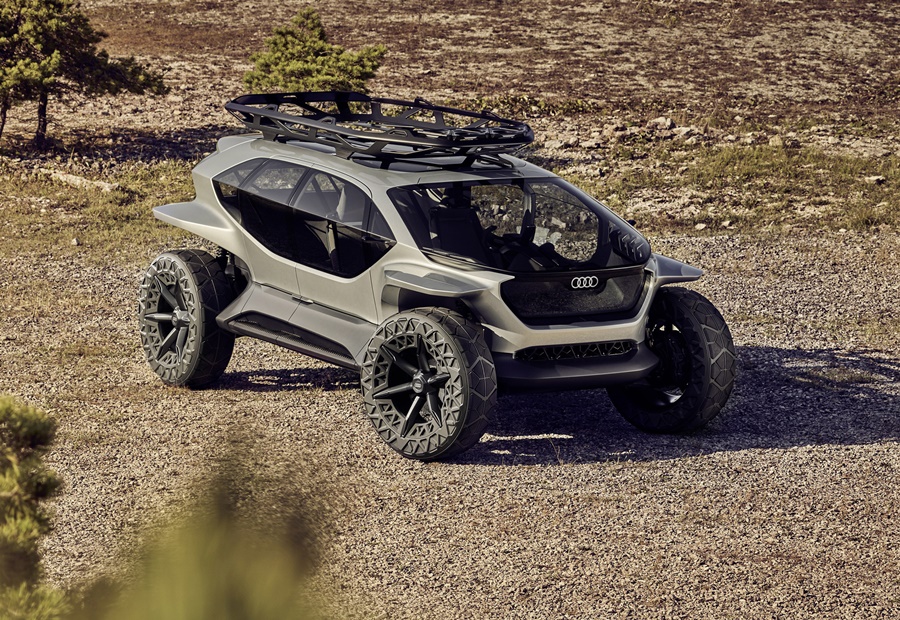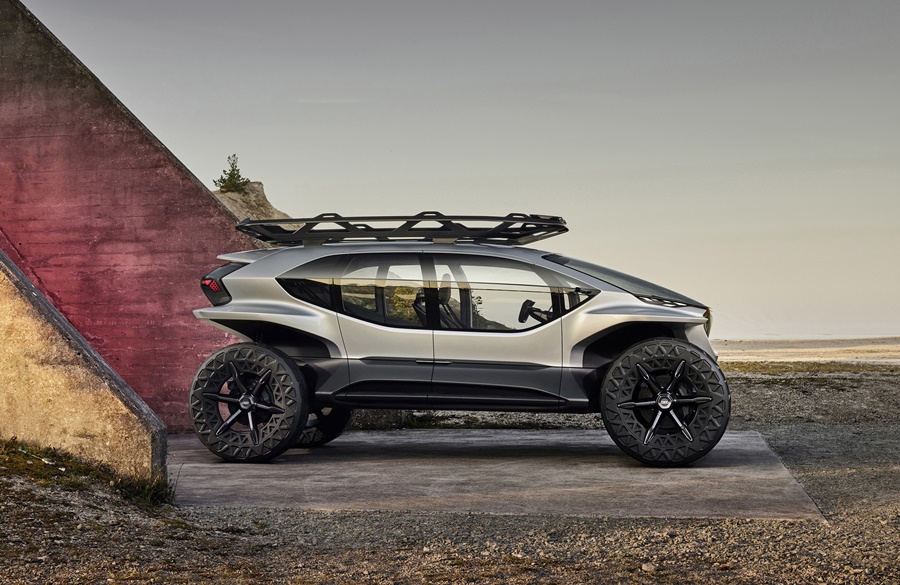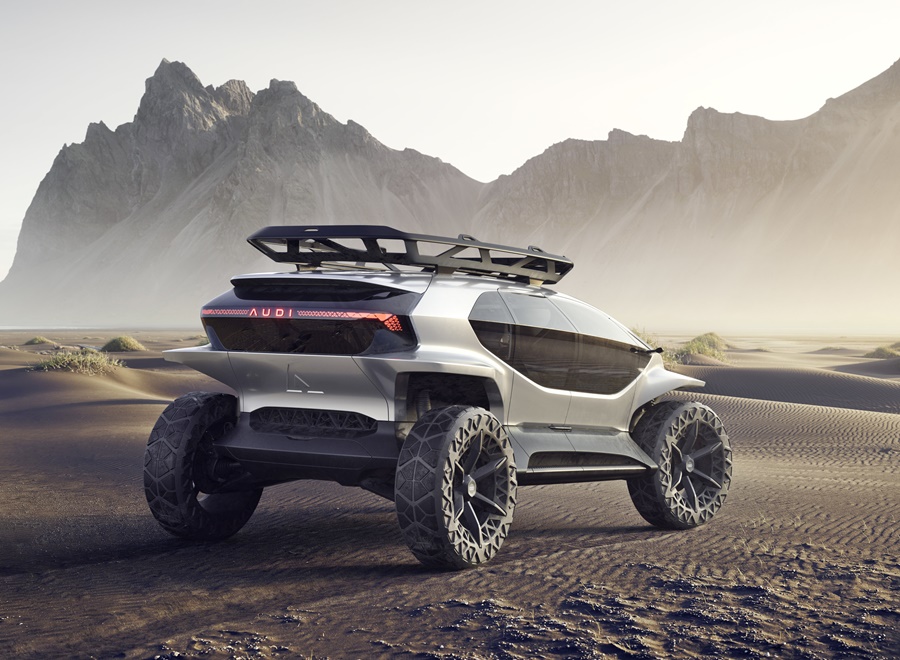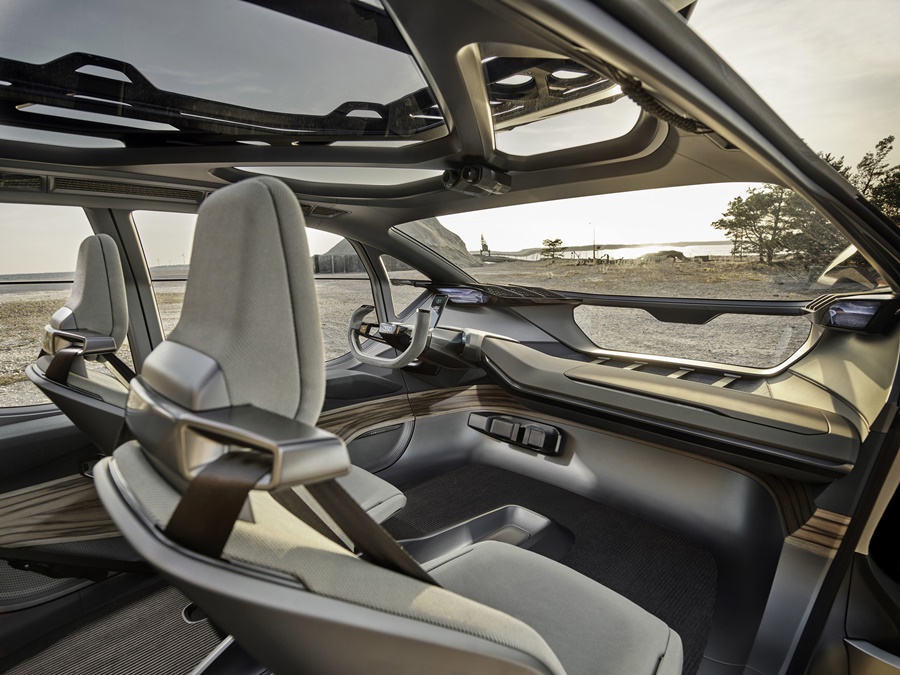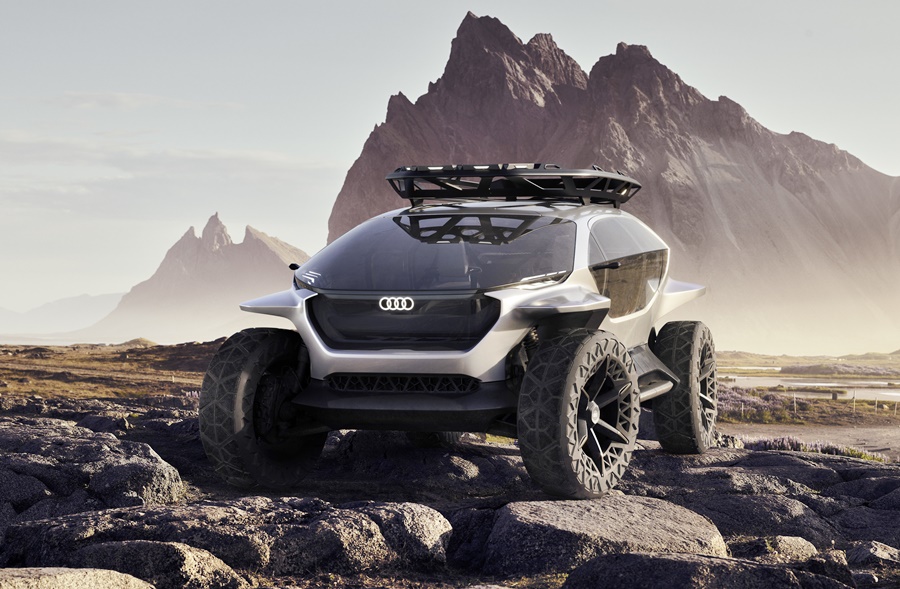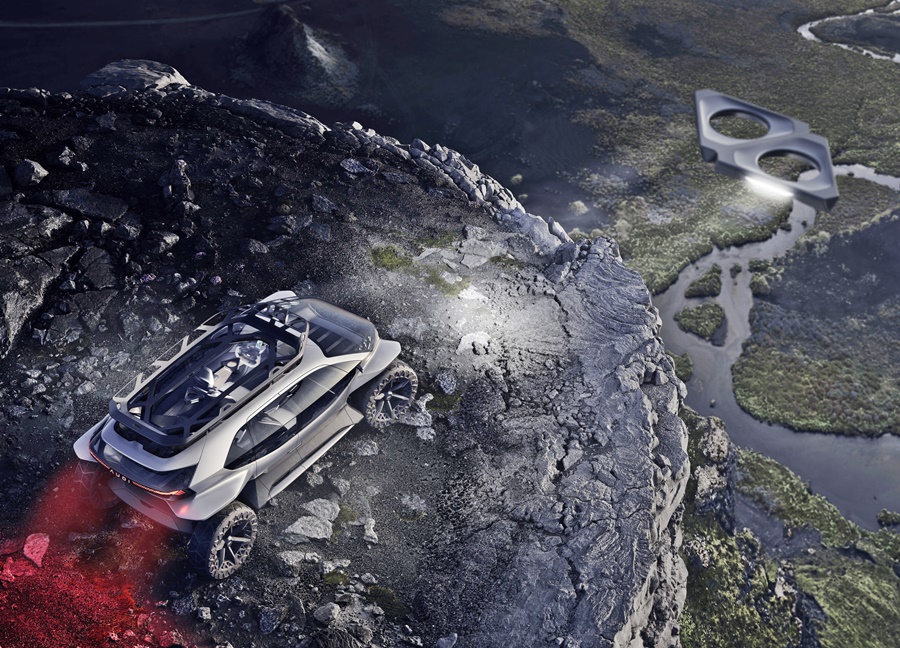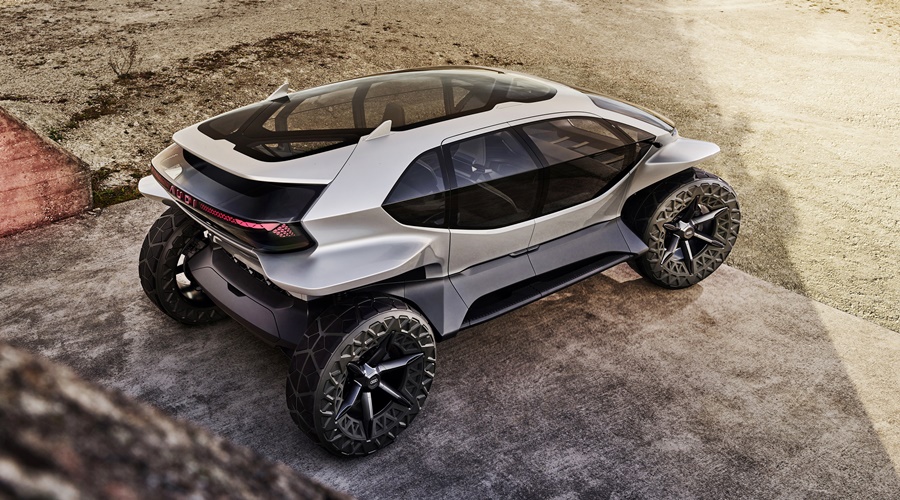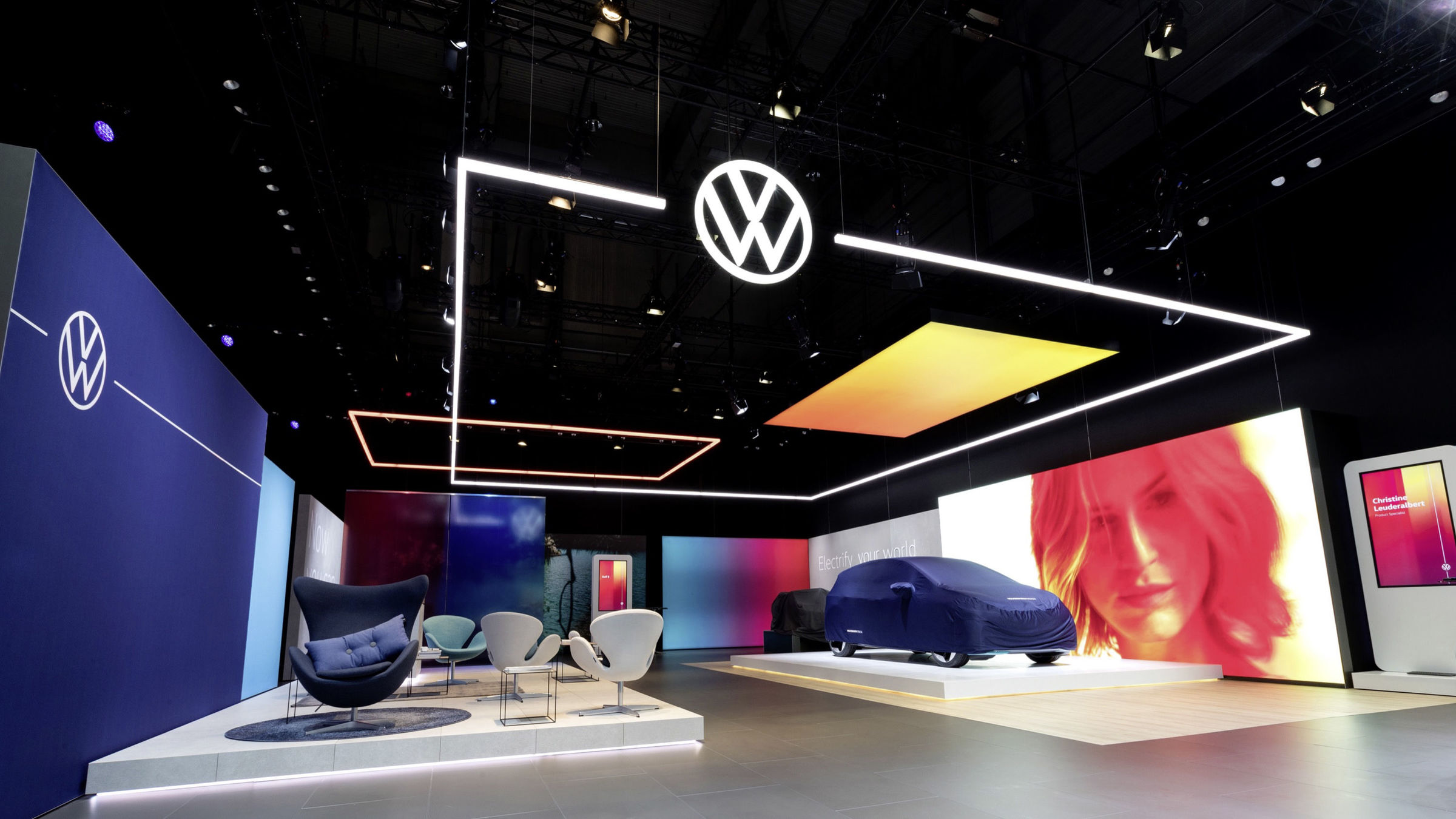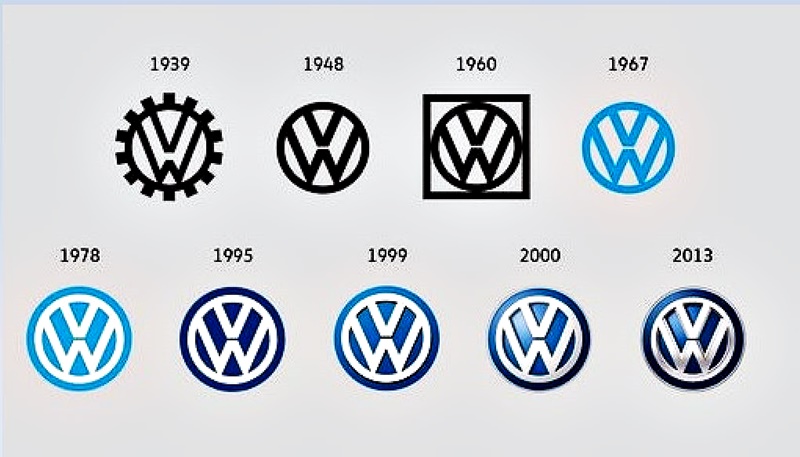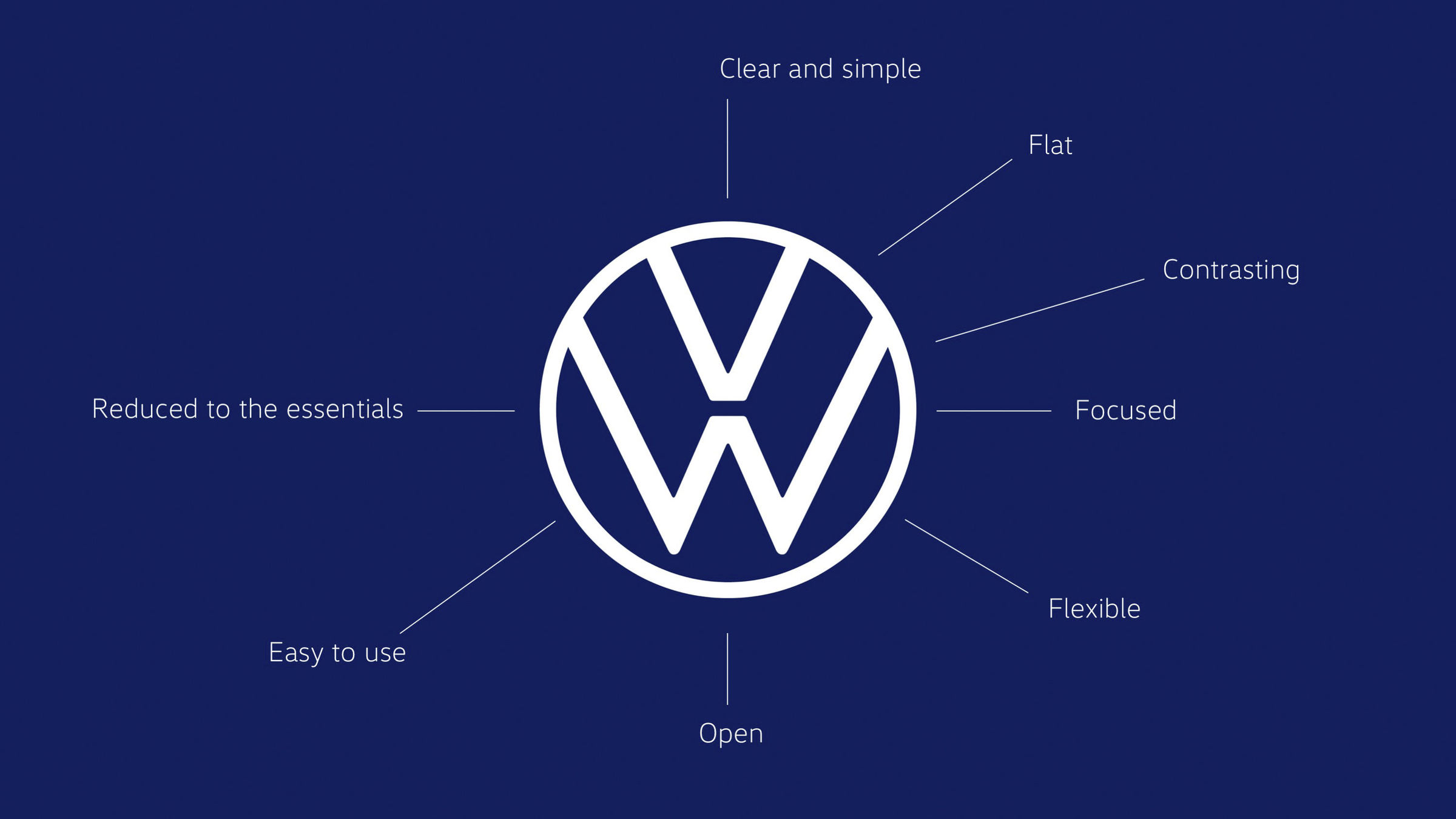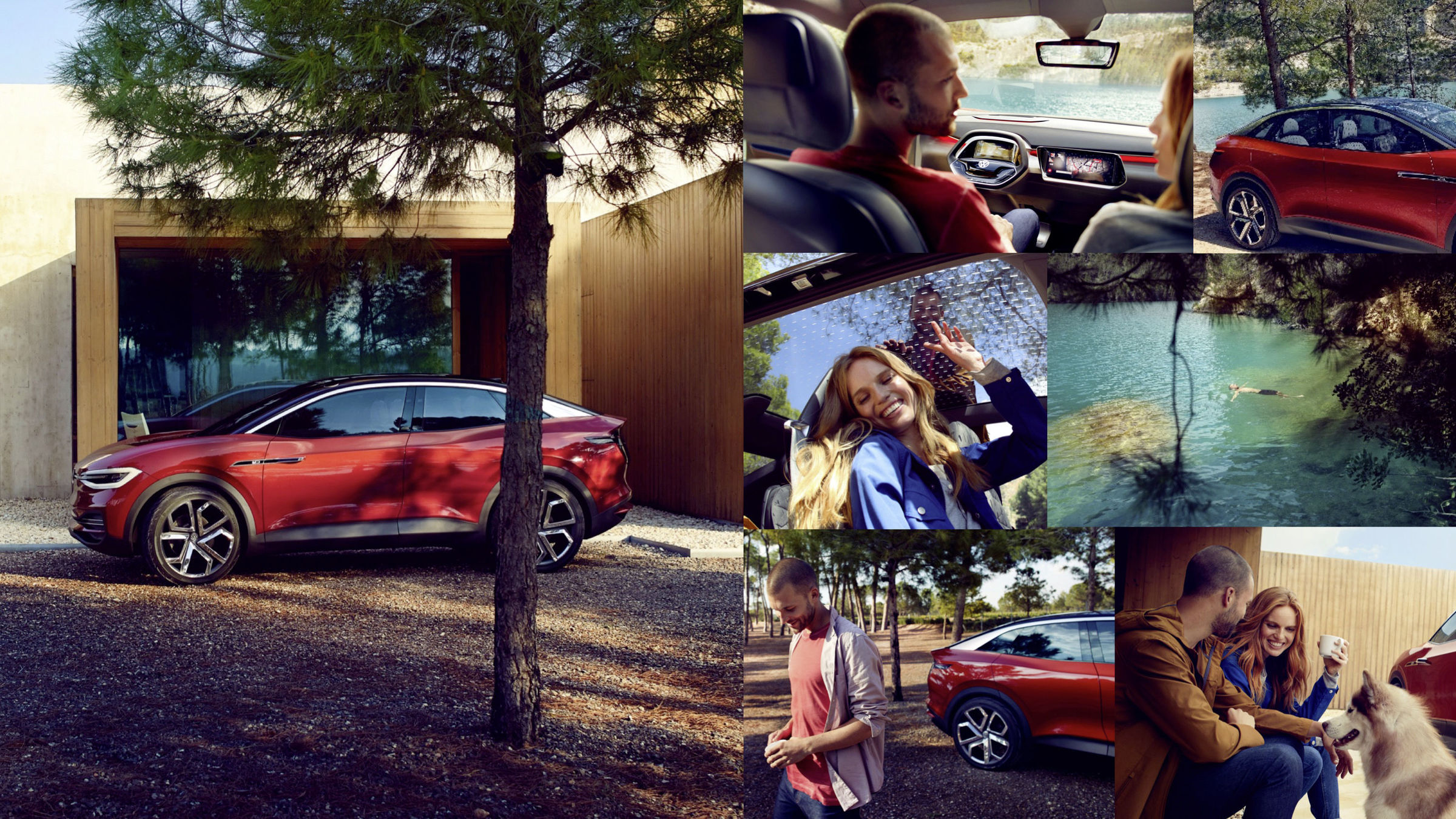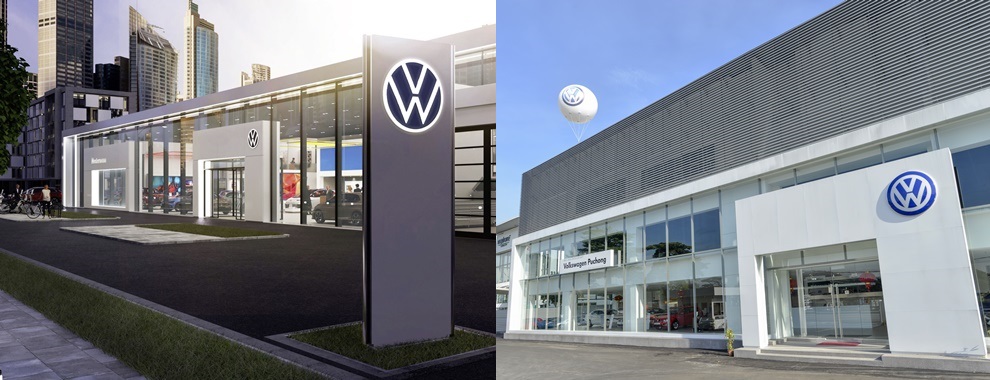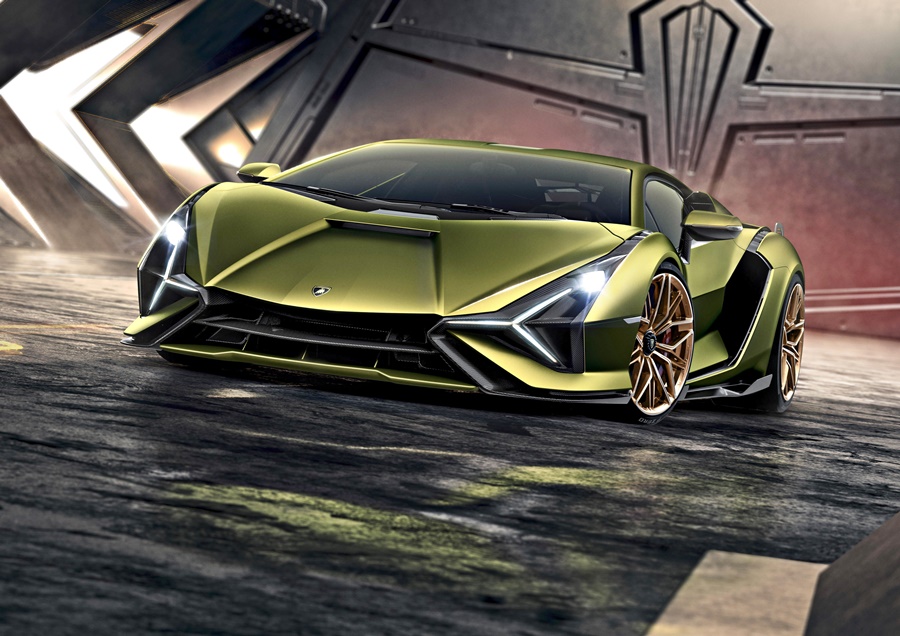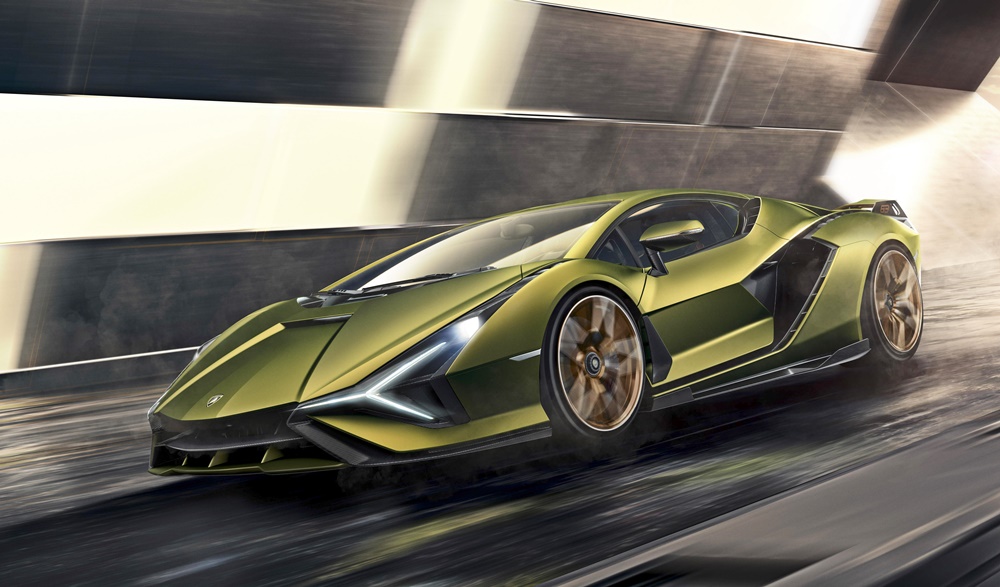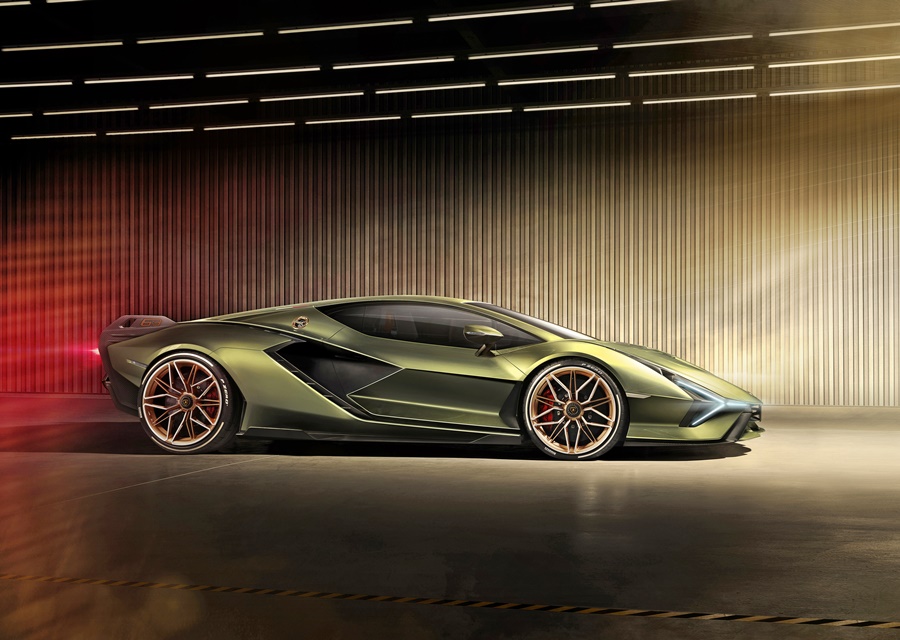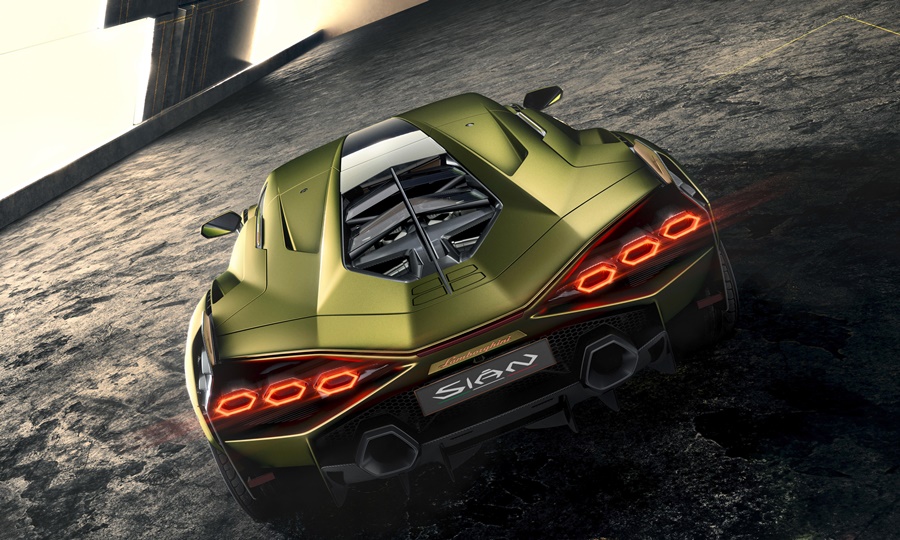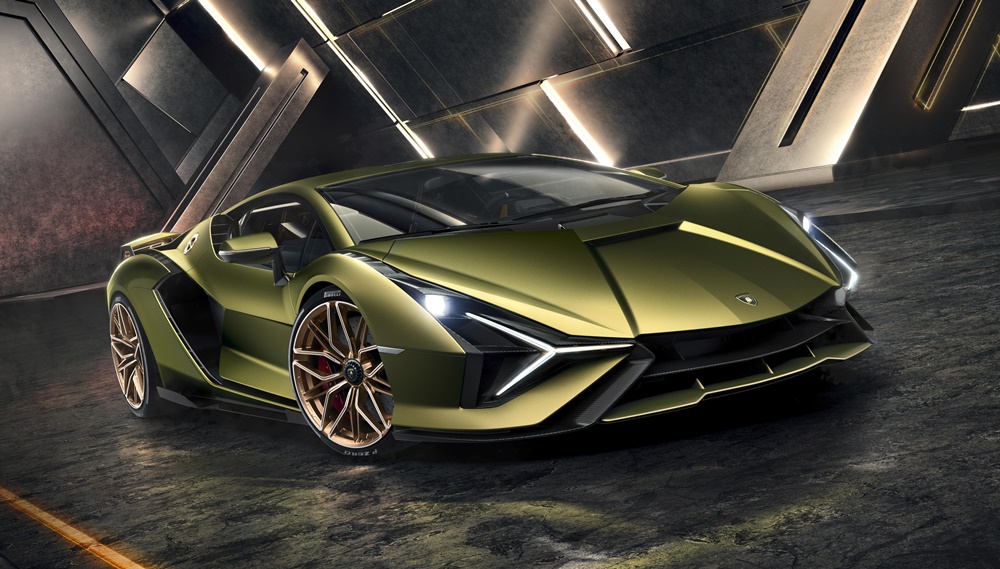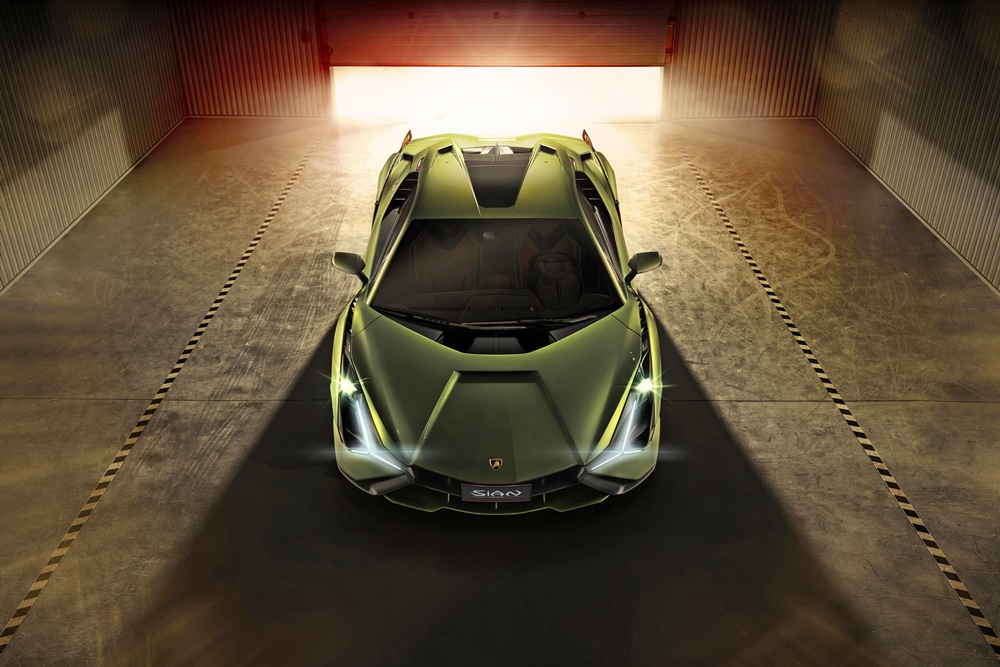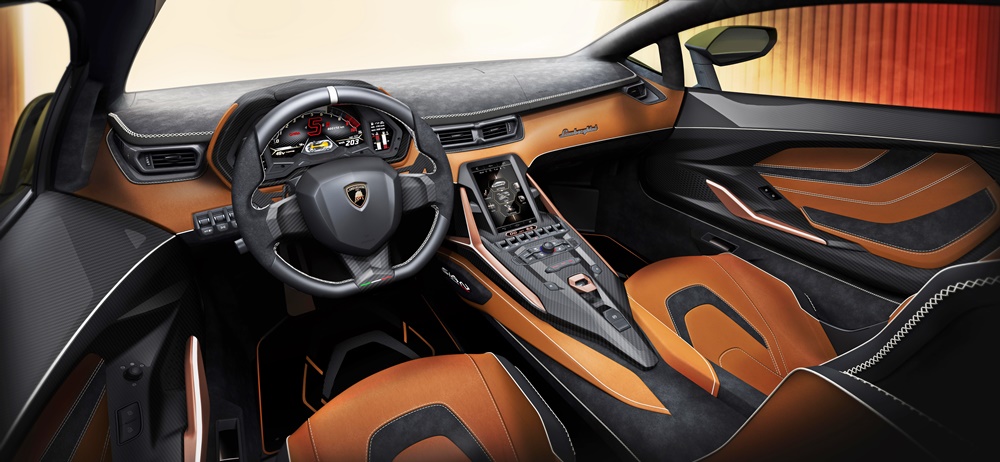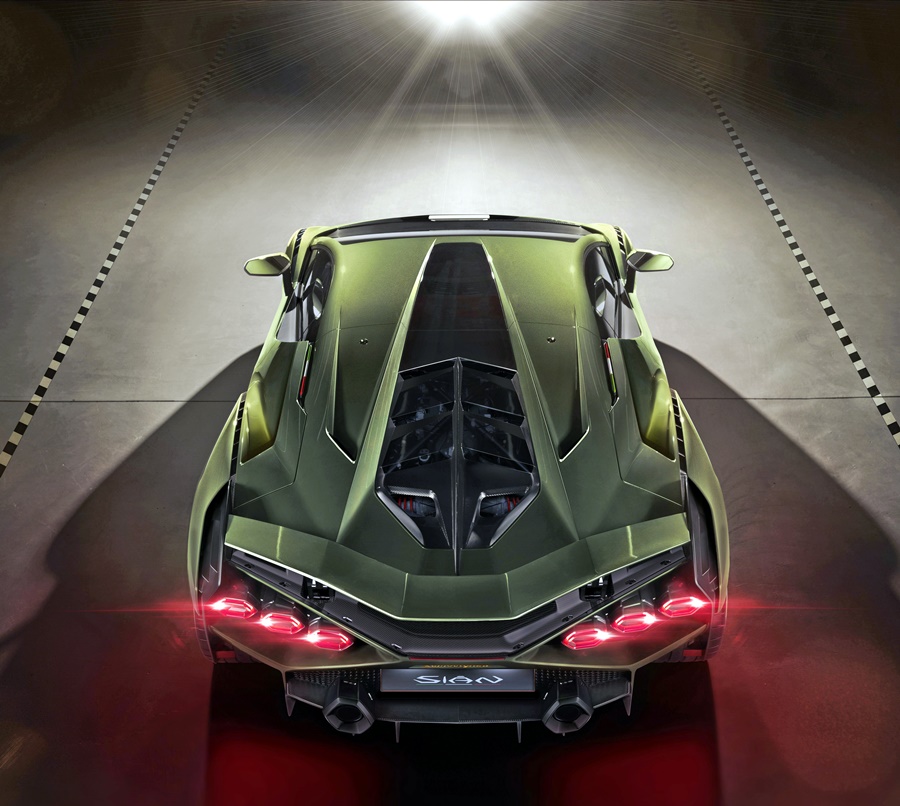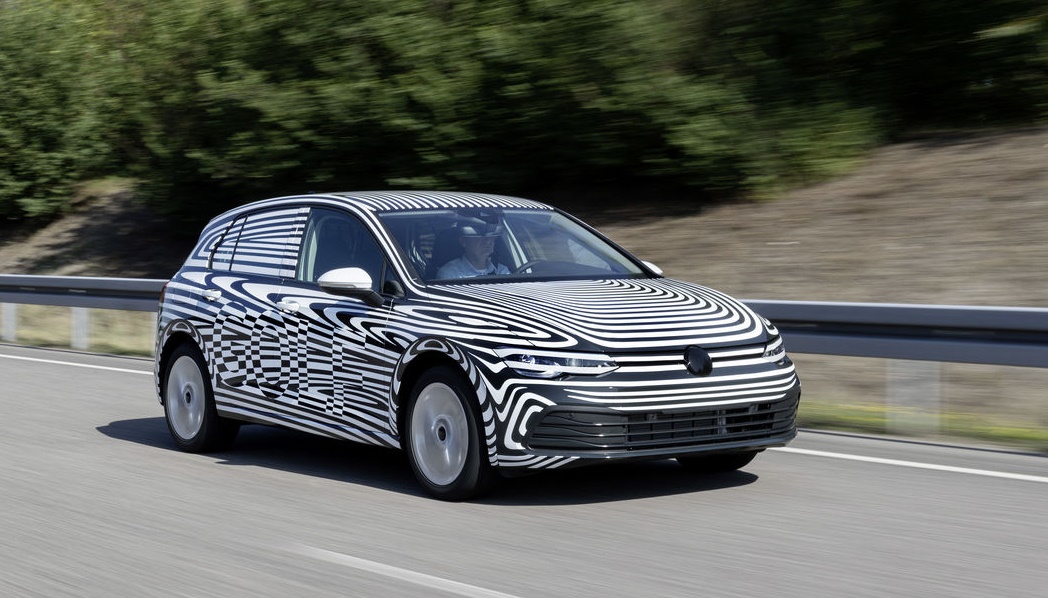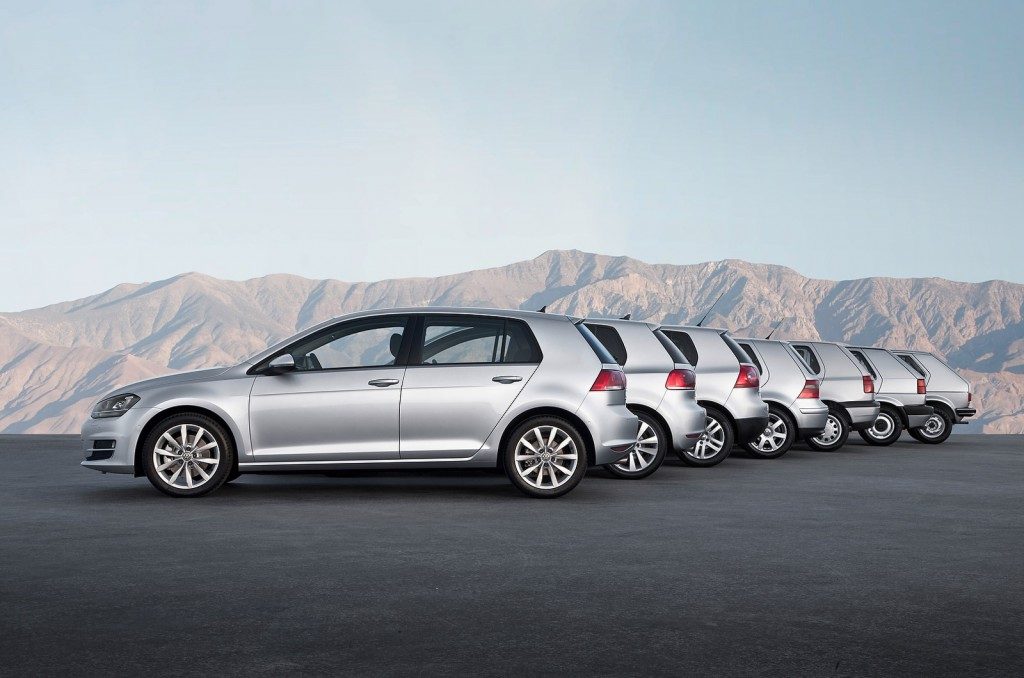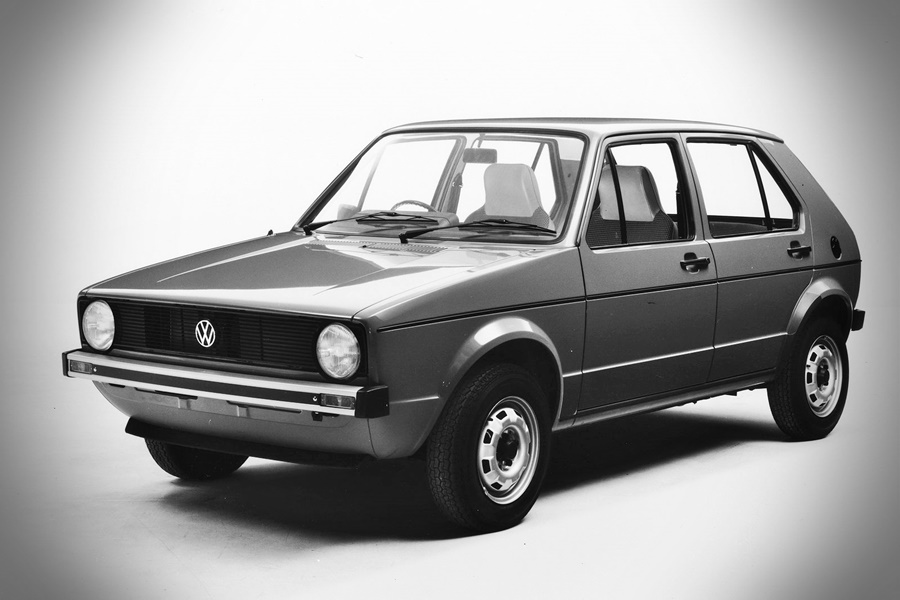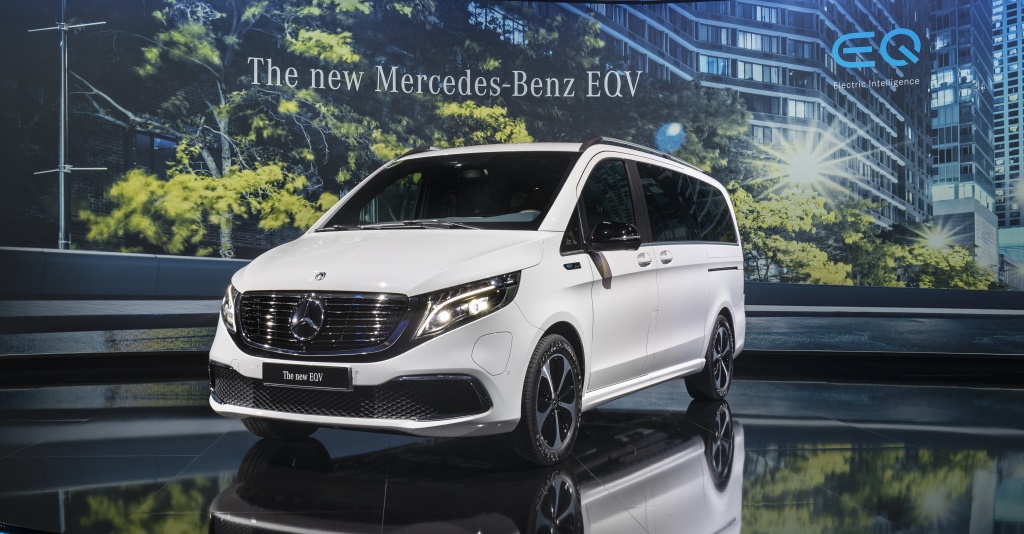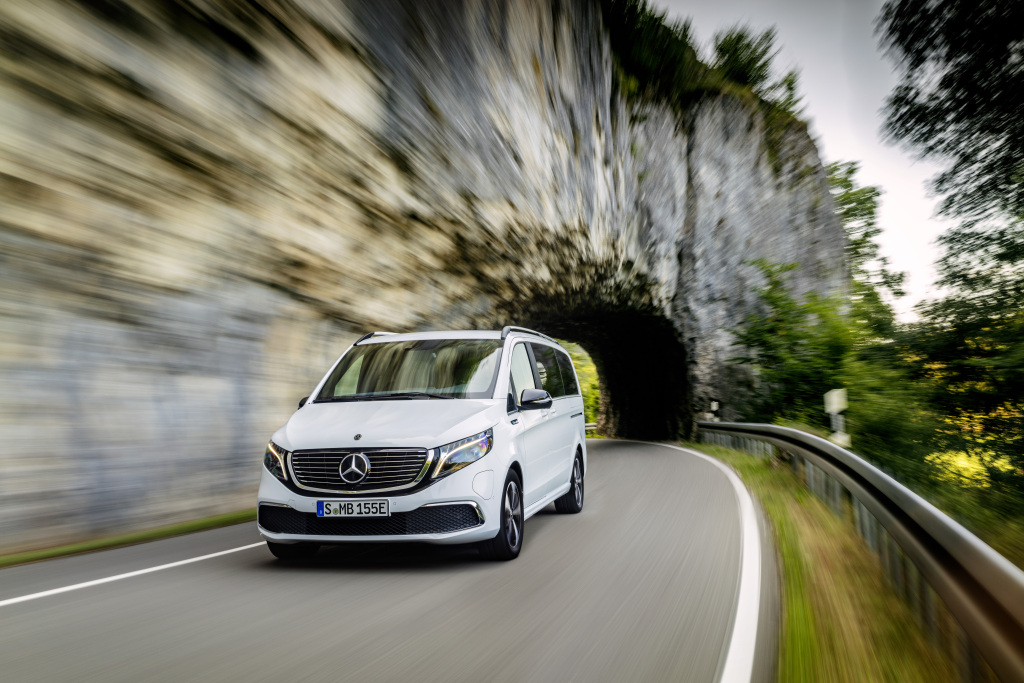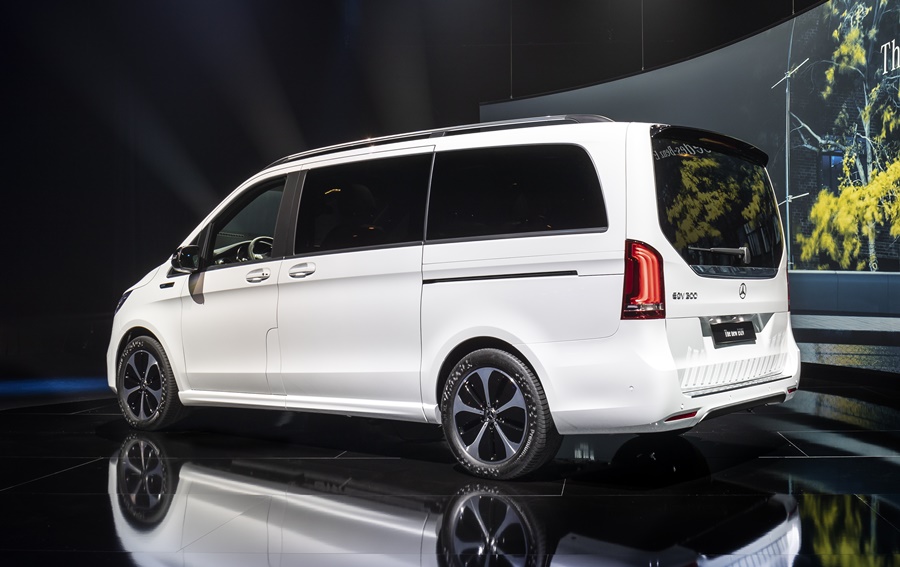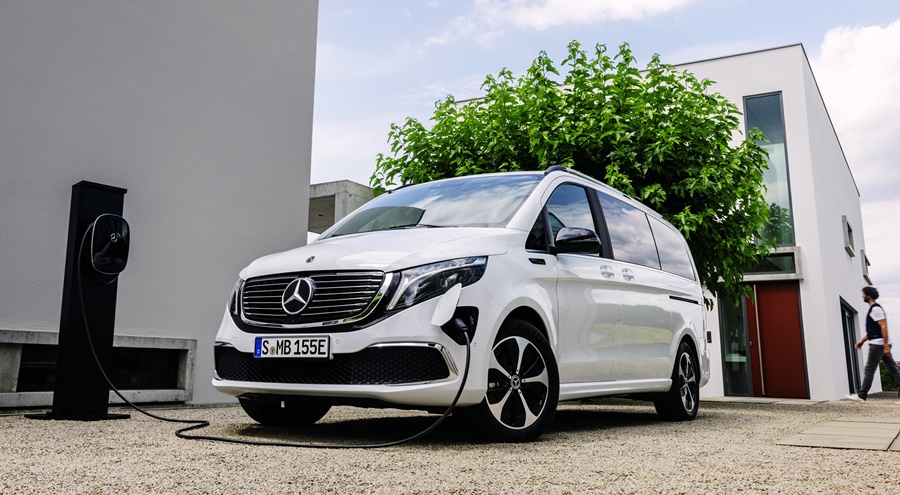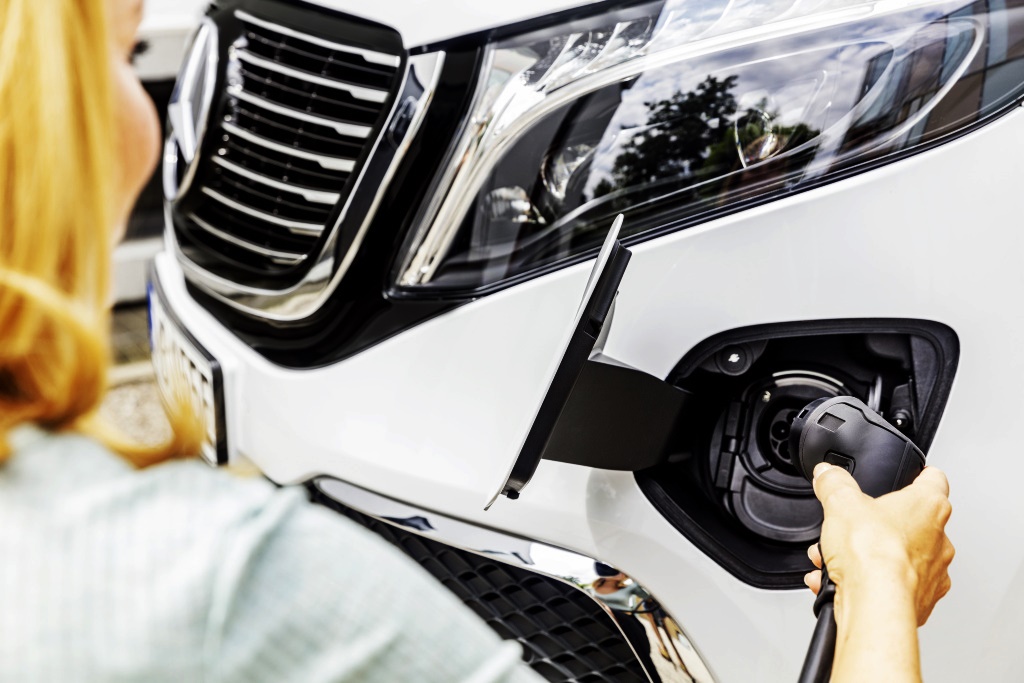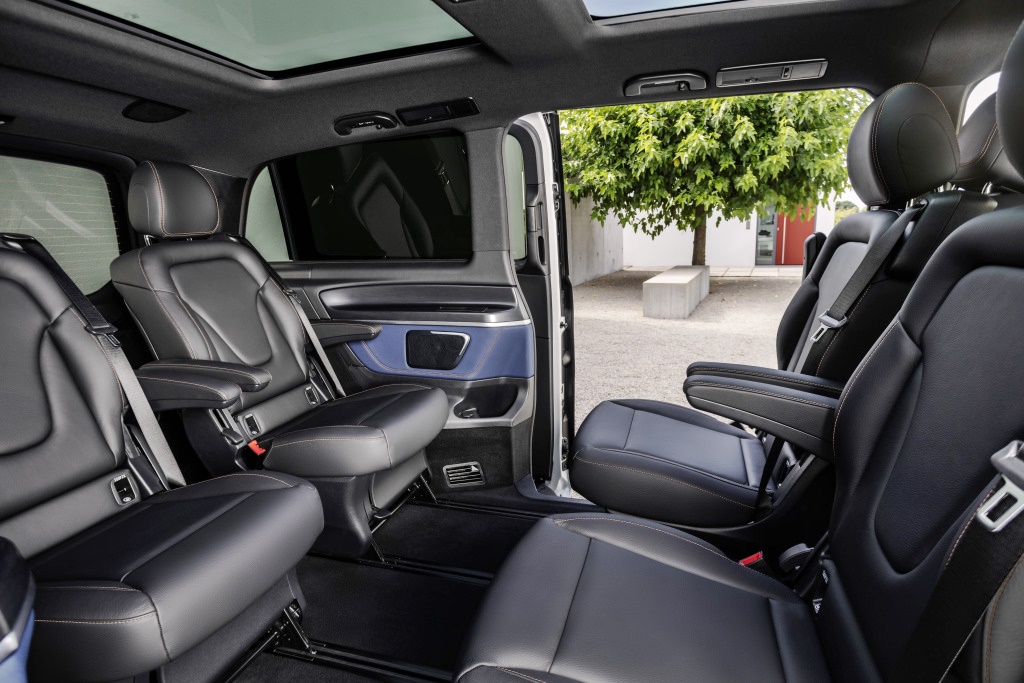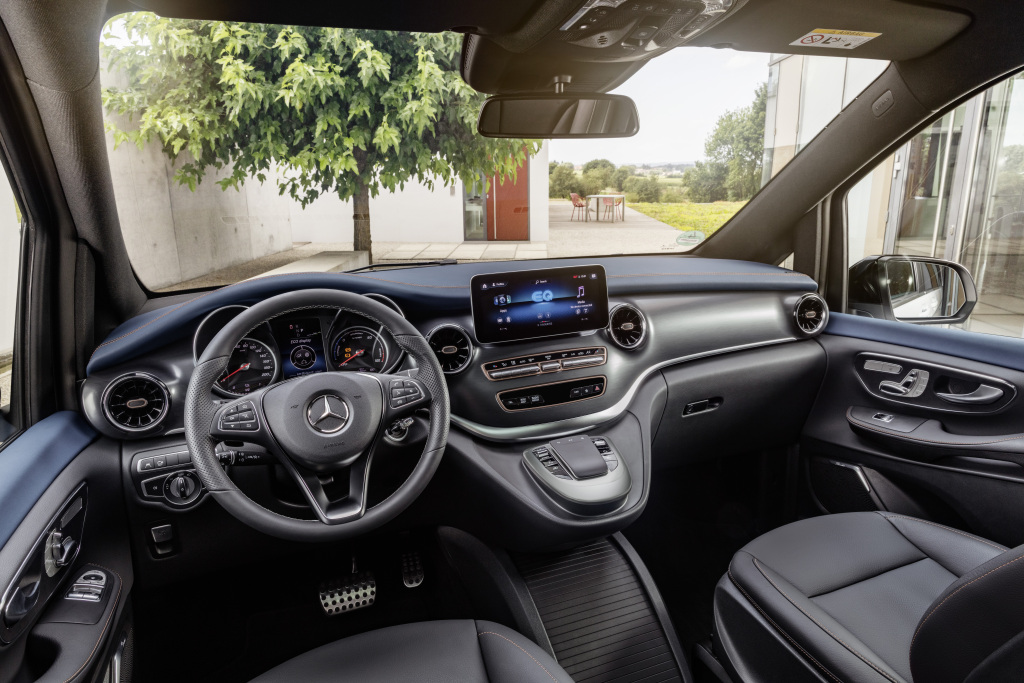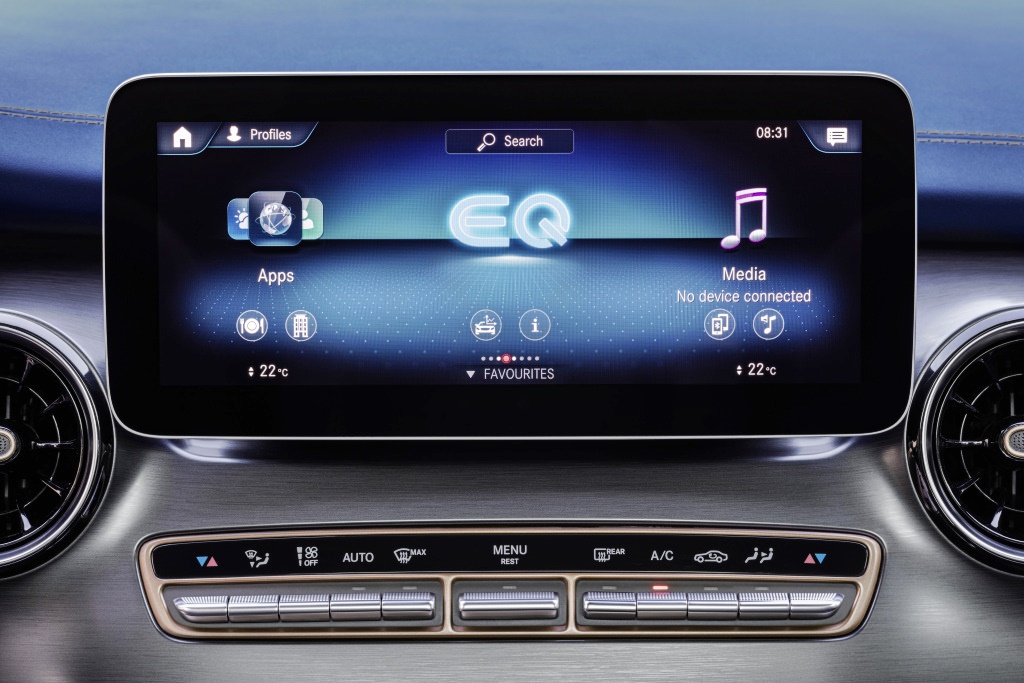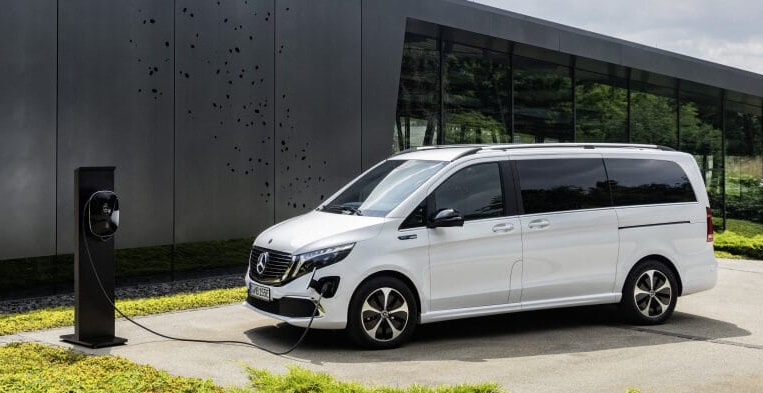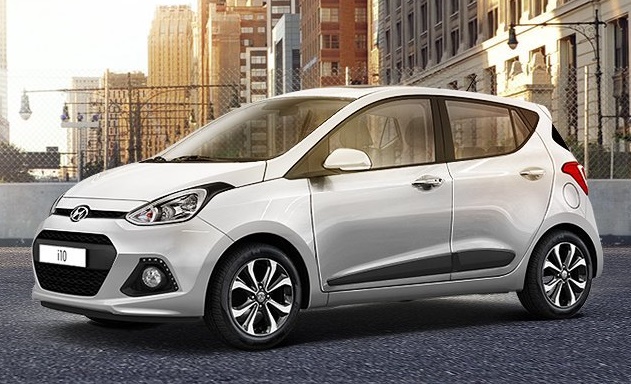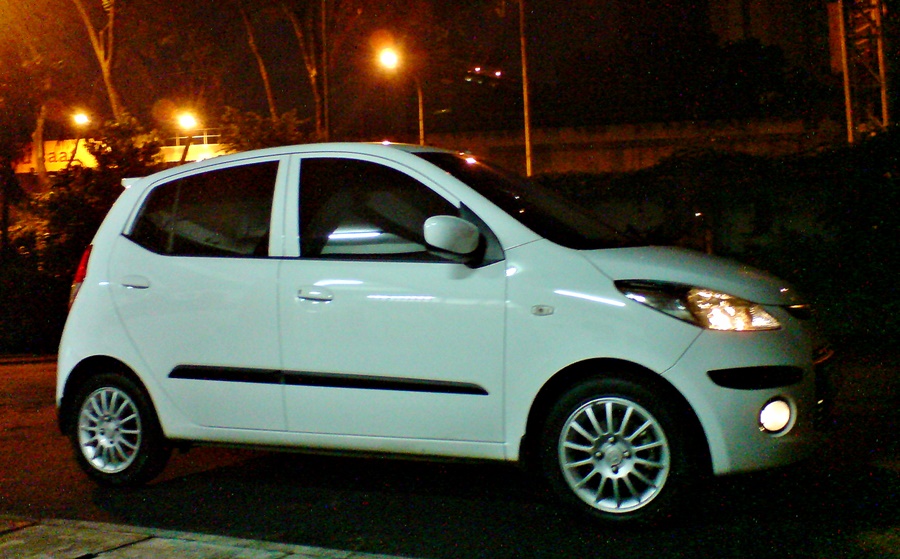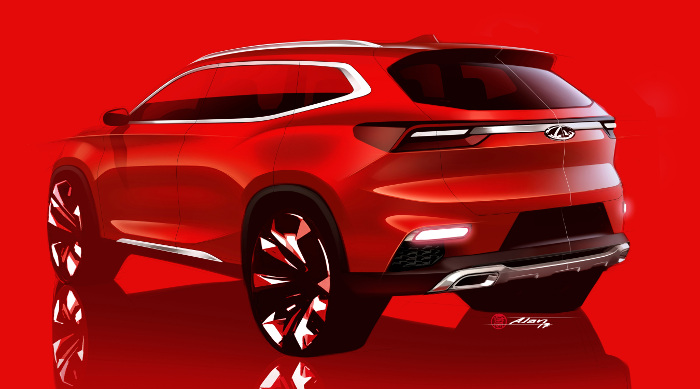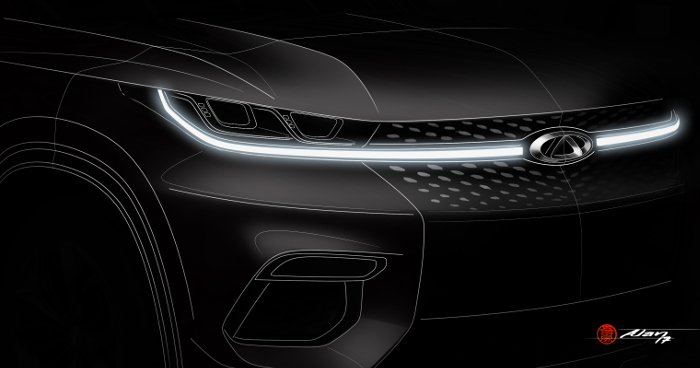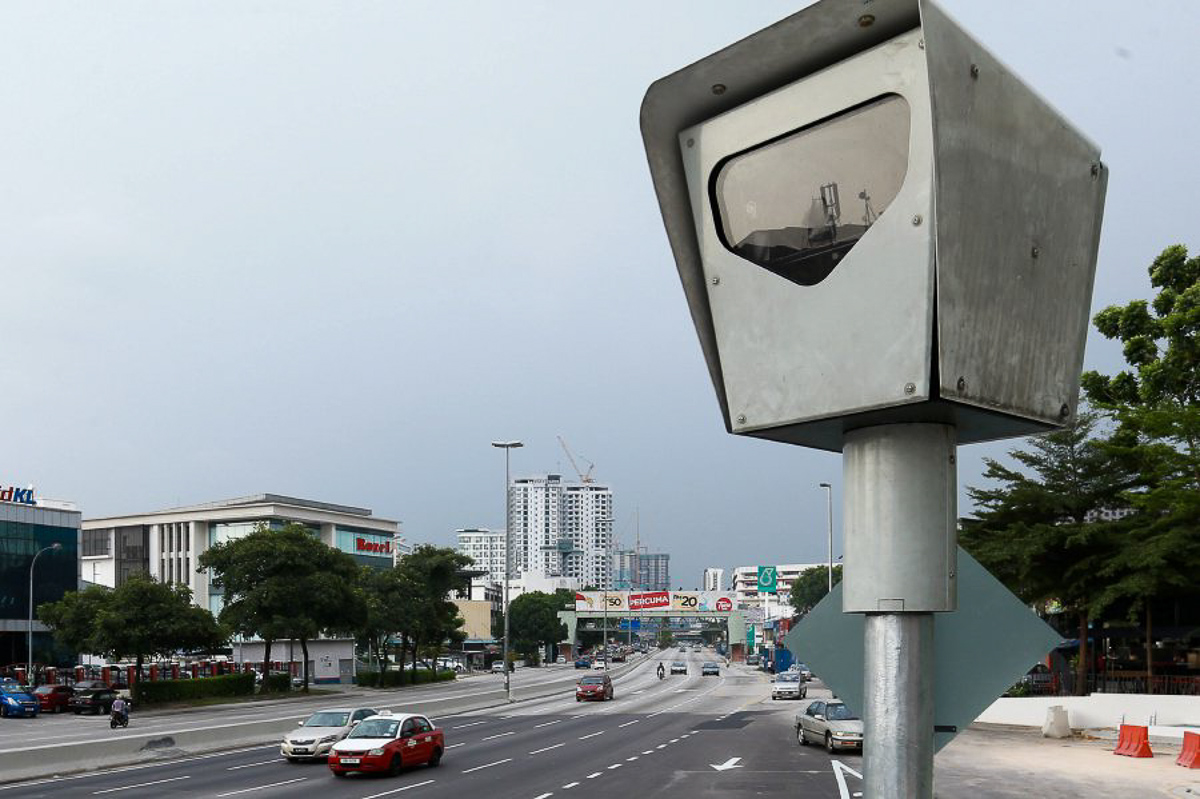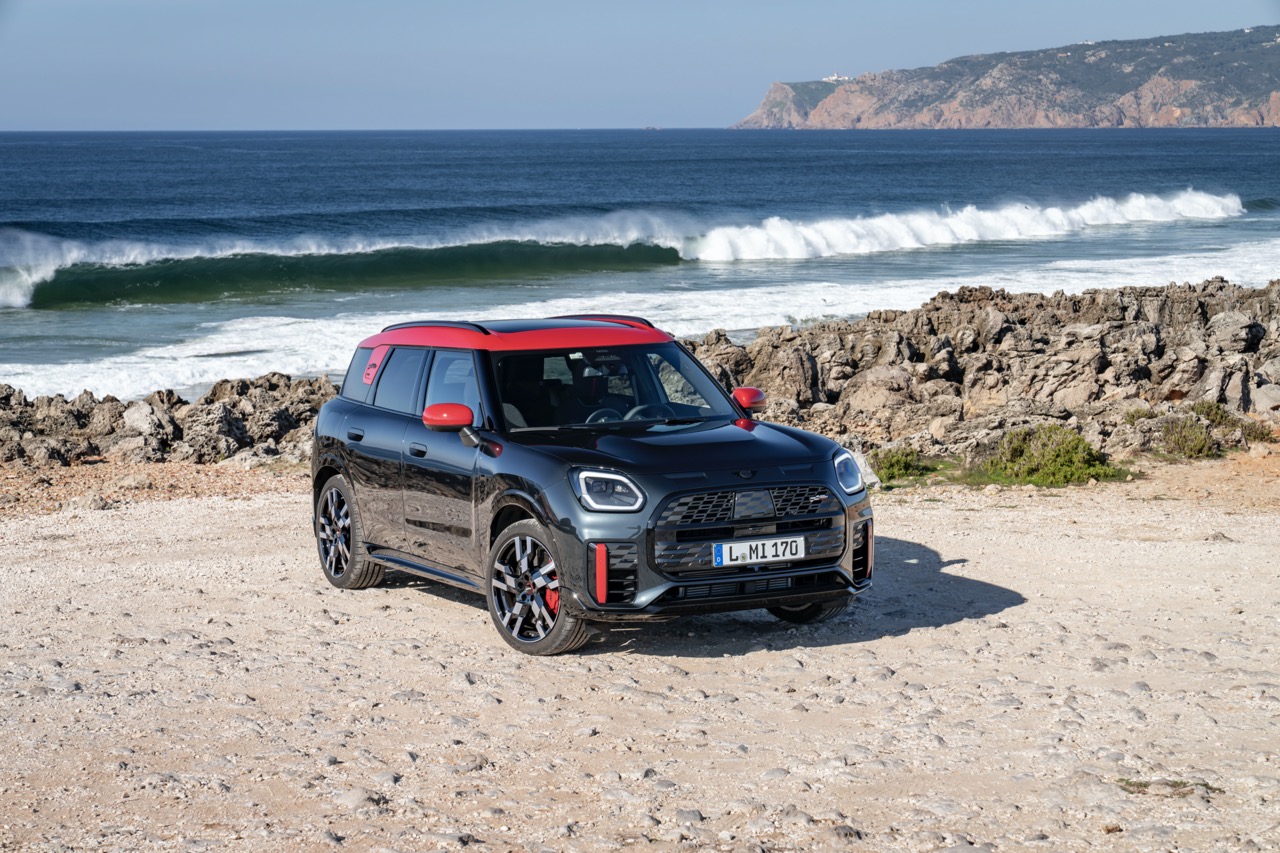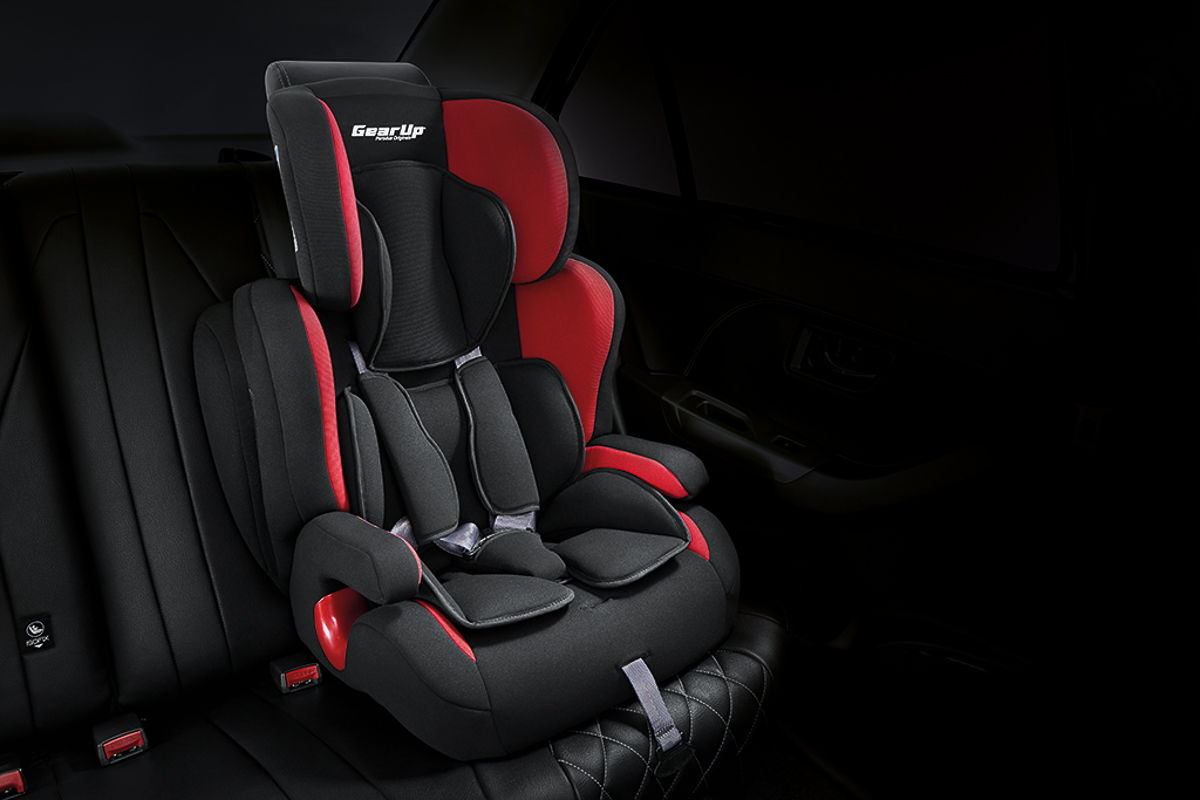In 1974, Hyundai Motor launched a model called the Pony which was South Korea’s first mass-produced model. Regarded as a ‘national car’ in its domestic market, the Pony also spearheaded exports of Korean vehicles to many countries.
As homage to its heritage and reimagined for the future, the carmaker’s designers have come up with a study called the ‘45 EV Concept’. The progressive 45 puts a twist on the 45-year old icon to introduce an entirely new in-car experience for self-driving vehicles of tomorrow. It foreshadows a new era of Hyundai’s automotive design focused on electrification, autonomous technologies and intelligent design.
Inspired by a 1974 concept car
Taking a look to the past is essential for moving forward, and the dramatic exterior styling of the 45 draws inspiration from the car that first established Hyundai’s design DNA – the 1974 Pony Coupe Concept. The iconic character of 45 is defined by its monocoque-style body, aerodynamic and lightweight design inspired by aircraft from the 1920s.
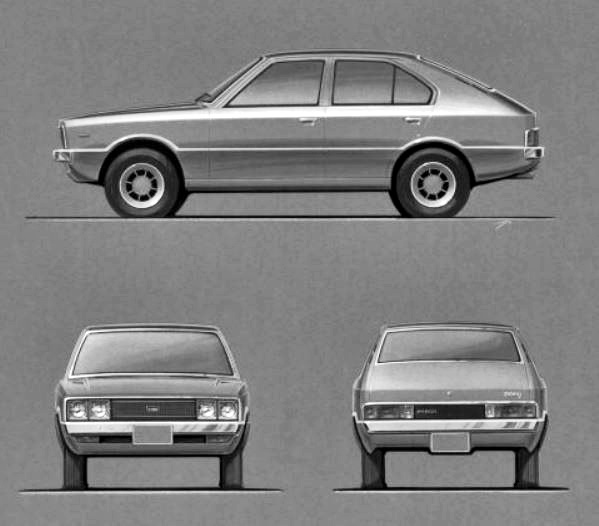
The car’s name also comes, in part, from the 45-degree angles at the front and rear, forming a diamond-shaped silhouette that previews the design direction of future EV models. The new concept strips away complexity, celebrating the clean lines and minimalistic structure of the original coupe concept.
“As an icon of Hyundai, the 45 clearly reveals how Hyundai heads towards the future through heritage,” said SangYup Lee, Senior Vice President and the Head of Hyundai Design Centre. “Through the 45 that is built upon our design language ‘Sensuous Sportiness‘, Hyundai wants to present our vision on how we want to reshape people’s in-car lifestyle in the era of electrification and autonomous driving.”
Style reimagined
The 45 reinterprets the concept’s distinctive lattice radiator grille with a ‘kinetic cube lamp’ design. The iconic front-end presence with the kinetic cube lamps evokes analogue emotions, while at the same time applying cutting-edge technologies. It also takes Hyundai’s lighting architecture to the next level, allowing people to instantly recognize the car at a distance.
By exhibiting a modernized fastback profile, the 45 epitomizes stability and dynamism, characteristics accentuated by the vehicle’s significant width and forward-oriented posture. The precise, yet energetic factors of the exterior are delivered throughout the cabin, which is structured by a dynamic daylight opening (DLO). The DLO terminates in the fast angle of the C-pillar, which generates a feeling of dynamic forward motion, even when standing still.
As a progressive EV, new technology is visible in the 45’s design. At the bottom of the door, a special garnish highlights its long-distance capability and, through active LED lights, drivers can intuitively know how much longer they can drive even before they get in the car. These thoughtful elements are designed for a user who is experiencing an EV for the first time.
Future tech previewed
The 45 also highlights future technological developments that may influence forthcoming Hyundai models, such as a hidden Camera Monitoring System, leaving room for self-driving system applications, and other upcoming technologies to emphasize Hyundai’s open architecture for the future. The system utilizes side cameras instead of traditional door mirrors to overcome visibility challenges caused by dirt gathering on the mirror offering progressively less visibility. The 45 overcomes this challenge by using an embedded turntable module, which rotates the lens past a brush to ensure perfect visibility at all times.
The 45 embodies Hyundai’s ‘STYLE SET FREE’ strategy for future mobility that emphasizes personalization of design and function. As the new era of future mobility opens, Hyundai reimagines the in-car experience in a self-driven vehicle. The interior becomes a unique living space capable of transforming to accommodate a range of passenger lifestyle demands.
Inside, Hyundai’s design team takes the space beyond driving to focus on the car’s evolution into a living space. Inspired by furniture designs, the minimalist cabin is fitted with an inviting fusion of wood, fabric and leather, creating a warm atmosphere that is both relaxing and spacious. Daylight was also considered as a design element for the headlining to bring analogue emotions in a natural way.
For the occupants, the car delivers a comfortable and communal environment, with lounge chair-style rear seats and front seats that can rotate to face other passengers. Pushing design and technology further ahead, front-seat passengers can interact with the infotainment system via a projection-beam interface. This replaces a single central touchscreen with a series of displays and functions integrated into the dashboard itself.
Clean lines, ergonomic placement of controls and a ‘high-end electronics’ feel for the interior fixtures further enhance the feeling of space while reinforcing the simplistic modernity of the 45’s design. The car reimagines storage space in a range of novel ways, including refining the concept of door-mounted device pockets by introducing a horizontally elongated shape that allows books or tablet PCs to be stored. Furthermore, the storage space uses a transparent material, so it is easy to see the contents.
Click here for other news and articles about Hyundai in PISTON.MY


